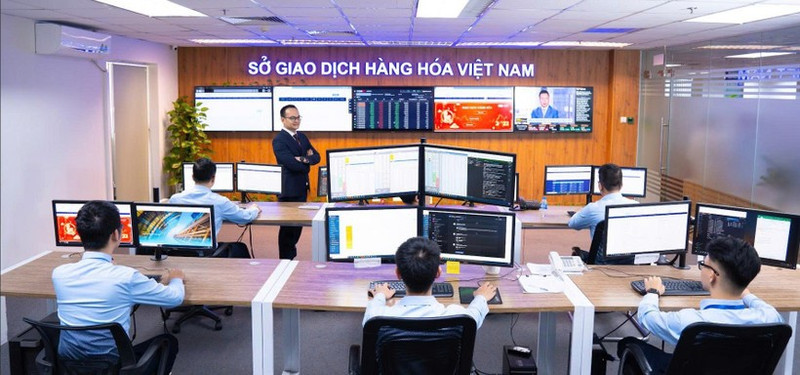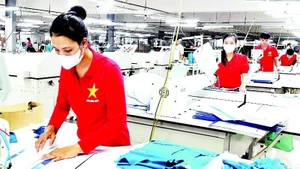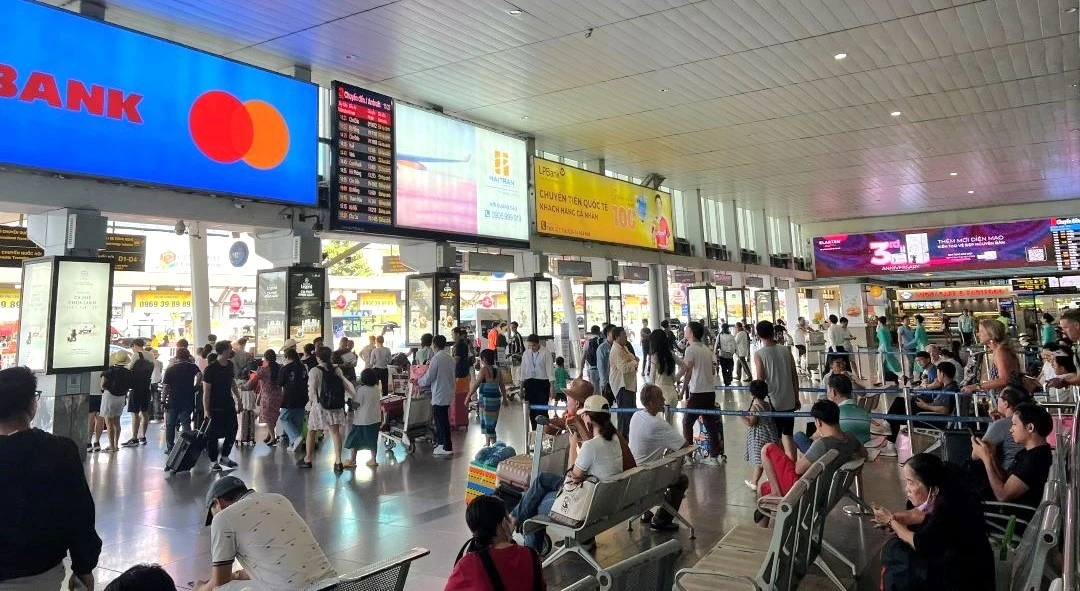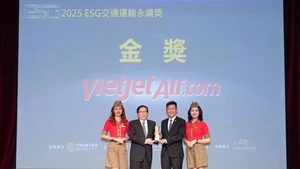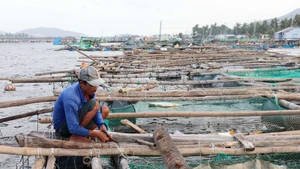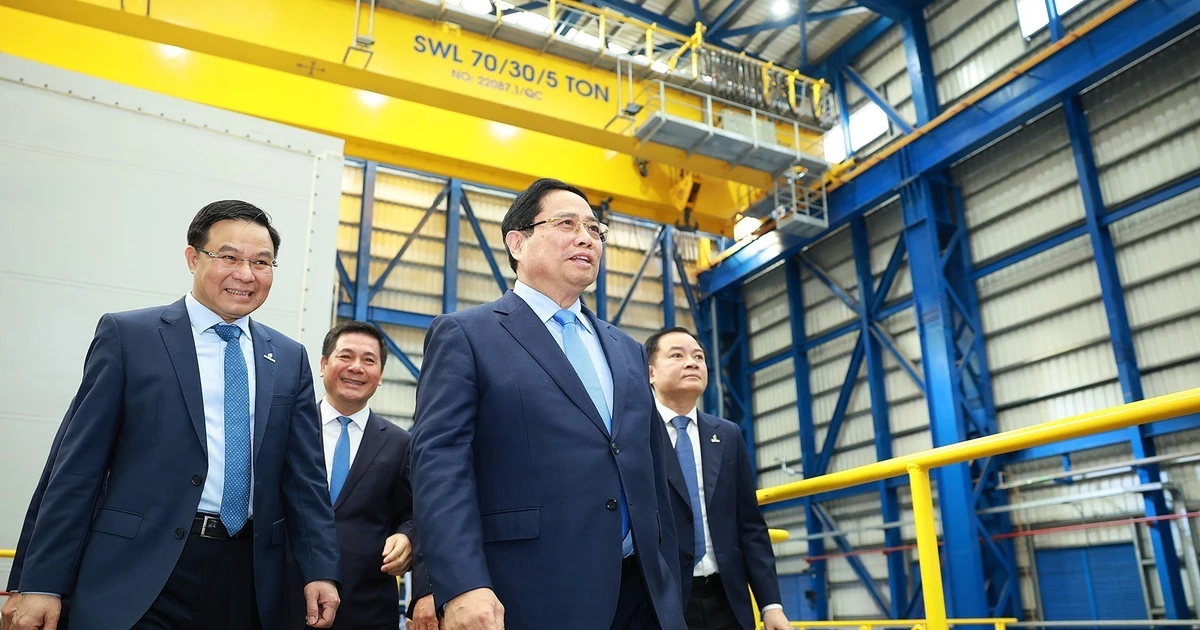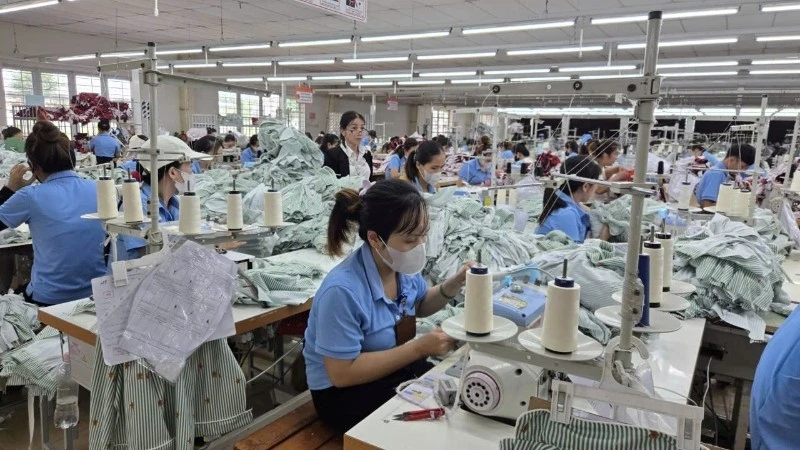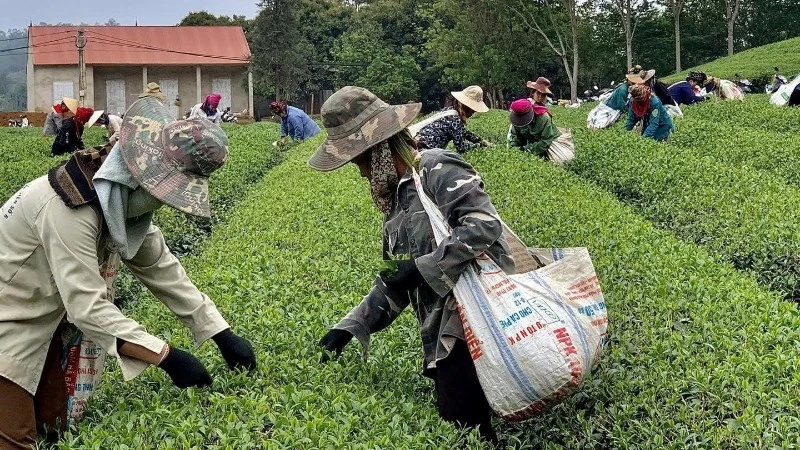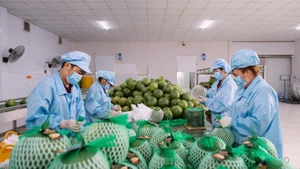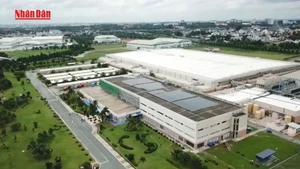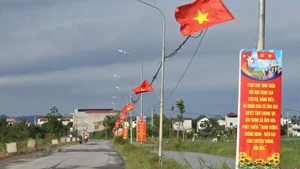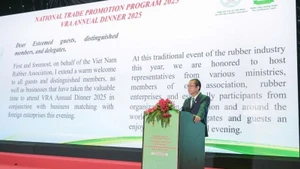From bold idea to reality of integration
At the beginning of the 21st century, commodity derivatives trading was still a strange concept in Viet Nam. Initial trial trading with cashews, seafood, and coffee soon stopped due to an incomplete legal framework, limited products, and low market awareness.
On September 1, 2010, the Ministry of Industry and Trade granted a license to establish MXV under Decree 158/2006/ND-CP, with only three commodities — coffee, rubber, and steel. In its early years, MXV faced numerous challenges, from technical infrastructure and legal framework to raising awareness among enterprises and investors.
A historic turning point came in 2018, when Decree 51/2018/ND-CP was issued, helping MXV connect directly with the world’s leading commodity exchanges such as CME Group, ICE, LME, SGX, OSE, and BMD. In just three years of linkage, the number of members rose to 32 business entities, four brokerage entities, and 38 listed commodities. Viet Nam officially stepped into the global arena, with abundant liquidity and transparent pricing mechanisms that closely reflected international supply and demand.
International linkage not only helps Vietnamese enterprises access commodities, prices, and advanced risk-hedging methods but also creates conditions for the commodity sector to become a component of the national financial system, contributing to GDP growth and enhancing national competitiveness.
Modernising infrastructure – Nurturing big aspirations
Since 2021, MXV’s expansion journey has been accelerated. The trading list has quickly increased to more than 50 commodities in four main groups: agricultural products, industrial raw materials, energy, and metals, with a membership network nationwide. This breakthrough has driven remarkable growth in trading volume; in just the first seven months of 2025, the average trading value of each session reached 6,700 billion VND, up 34% year-on-year. Notably, the trading session on June 13 set a record of 12,700 billion VND.
Along with product expansion, MXV has continuously invested in upgrading technological infrastructure, considering it a top priority for competitive advantage. From a basic VC system in the early days, the MXV shifted to the advanced CQG platform with nanosecond processing speed, and M-System – a user-friendly and efficient transaction management software for members, has been put into operation since February 2021. At the same time, MXV has been strongly deploying Big Data, AI, and Blockchain to modernise trading infrastructure, enhance automation, and ensure data security. Projects developing smart online trading systems and real-time market supervision are also being prioritised, aiming to meet the standards of the world’s leading exchanges.
Cultivating internal strength, ambition to conquer regional position
In addition, MXV has proactively developed rubber and pork trading floor systems, ready for official listing. On its journey, MXV has always trained human resources – the key factor for a transparent and sustainable market. Through cooperation with universities, specialised seminar organising, and international cooperation expansion, MXV has built a foundation of high-quality human resources, ready to meet the requirements of a modern market. These activities not only serve internal goals but also make practical contributions to the international financial centre development strategies in Ho Chi Minh City and Da Nang City.
“Over the past 15 years, MXV has made efforts to create a modern, transparent, and globally connected commodity market for Vietnamese enterprises and investors. Today’s achievements are thanks to the companionship of management agencies, international partners, and members of MXV. We are committed to continuing innovation, applying technology, expanding the product list, and improving service quality, aiming to make MXV a leading commodity exchange in the region by 2030,” Dang Viet Hung, General Director of MXV, shared.
In 2025, the Government identified commodity trading as one of the three strategic pillars of the international financial centre, along with Finance – Banking – Fintech and Securities – Investment Funds – Insurance. Developing a modern commodity exchange not only diversifies financial products but also directly connects the Vietnamese market with the international market, supporting production, exports, and attracting foreign capital flows.
With the vision of becoming the largest commodity exchange in the region by 2030, MXV will continue to expand its range of products, standardise processes, improve human resources, and perfect the legal framework. From three initial products to more than 50 internationally connected commodities today, MXV has marked a persistent journey – a journey of creation and expansion.
